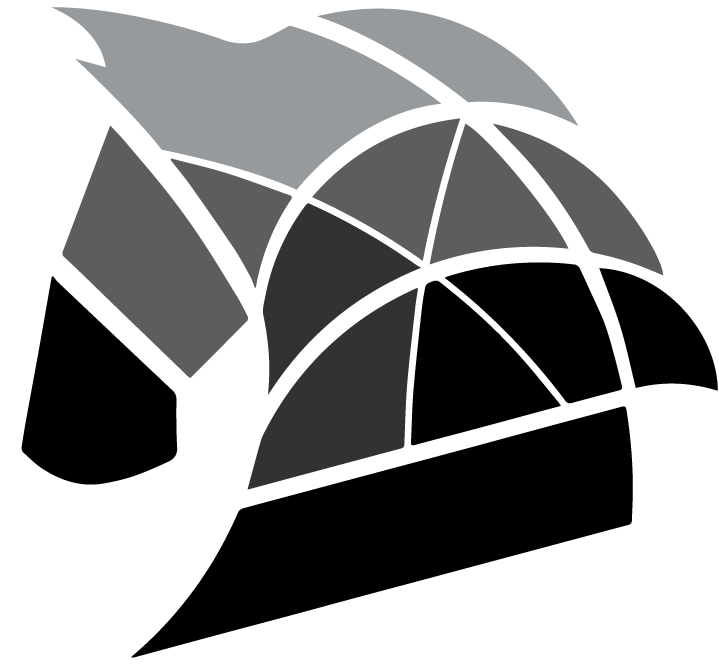Elements to be Considered in Horse Riding Area Design
Elements to be Considered in Horse Riding Area Design, The design of equestrian riding areas must be meticulously planned to ensure the safety, comfort, and performance of both horses and riders. Here are the fundamental aspects and key considerations for the design of equestrian riding areas:
1. Design According to Usage Purpose
Equestrian riding areas should be customized based on their intended use. The design requirements vary for spaces used for training, practice, competition, or exhibition.
Training and Practice Areas: For training and practice, a smaller, more controlled environment is typically preferred. Rounded corners, wide turning areas, and strategically placed obstacles are essential. Additionally, the use of sound systems and video monitoring devices can support the training process.
Competition and Exhibition Areas: Competition areas may include seating arrangements for spectators, sound systems, and scoreboards. These areas are generally larger and more spacious, with extra equipment such as bleachers, seating areas, and a good sound system to ensure that spectators can comfortably watch the event. Scoreboards are essential for real-time tracking of competitions.
Multi-Purpose Areas: Some equestrian riding areas can be used for both training and competitions. Flexibility is crucial in the design of such spaces. Modular obstacles and portable equipment can be used to quickly adapt the area for different activities.
2. Accessibility
Equestrian riding areas must be accessible for disabled riders. This can be achieved by incorporating ramps, wide doors, and specially equipped areas in the design.
Design for Disabled Riders: Special ramps, wide doors, and elevated platforms increase accessibility for disabled riders. Additionally, specially equipped areas where horses can be easily accessed and riders can mount safely are crucial. This not only enhances the experience of disabled riders but also ensures a safe riding environment.
Barrier-Free Entrances and Exits: The entrances and exits of equestrian riding areas should be wide and barrier-free to allow disabled riders easy access. This ensures easy access to all parts of the area and allows riders to move independently.
3. Safety Measures
Fire extinguishers, emergency exits, first aid kits, and security cameras are essential safety measures for equestrian riding areas. Regular safety inspections should also be conducted.
Fire Safety: To ensure fire safety in equestrian riding areas, fire extinguishers, fire alarms, and emergency exits should be provided. Fire extinguishers should be easily accessible, and staff should be trained on how to use them.
Emergency Preparedness: Evacuation plans should be prepared for emergencies, and regular drills should be conducted. Clearly marked emergency exits and easily accessible first aid kits ensure quick response in emergencies.
Security Cameras: Security cameras should be strategically placed to ensure the safety of the area and to provide evidence in the event of an incident. These cameras should continuously monitor the safety of both riders and horses.
4. Environmental Factors
The placement of equestrian riding areas should consider factors such as wind direction, sunlight, and environmental noise, which directly affect the comfort of riders and horses.
Wind and Climate Conditions: Positioning areas according to wind direction minimizes the discomforting effects of wind. Structures such as windbreak trees or panels can protect the area from natural weather conditions.
Sunlight: The angle and intensity of sunlight affect the comfort of riding areas. Shade structures or tent systems can be used to protect against excessive sunlight. Additionally, the area should be oriented correctly to prevent direct sunlight from affecting visibility.
Environmental Noise: Environmental noise can disrupt the concentration of horses and riders. Placing the area in a quiet location or using noise barriers is important to minimize distractions, especially during competitions and training.
5. Maintenance Ease
Equestrian riding areas require regular maintenance. Therefore, ease of maintenance should be considered during the design phase.
Ground Maintenance: Regular ground leveling, control of water drainage, and renewal of ground materials when necessary ensure the longevity and safety of the area. Suitable materials should be chosen during the design phase to make ground maintenance easy and practical.
Lighting and Ventilation Systems: Regular checks and replacements of lighting systems ensure that the area is always adequately lit. Maintenance of ventilation systems in enclosed areas maintains air quality and balances humidity levels.
Cleanliness and Hygiene: The cleanliness and hygiene of equestrian riding areas are critical for the health of horses and riders. The area should be easily cleanable and disinfectable to facilitate daily cleaning tasks. The design should also include appropriate areas and equipment for waste management.
Elements to be Considered in Horse Riding Area Design
Elements to be Considered in Horse Riding Area Design, These considerations ensure that equestrian riding areas provide a safe, comfortable, and efficient environment, enhancing the experience and performance of both horses and riders. A careful and thoughtful approach to the design of equestrian riding areas is key to creating a successful and sustainable equestrian environment.



